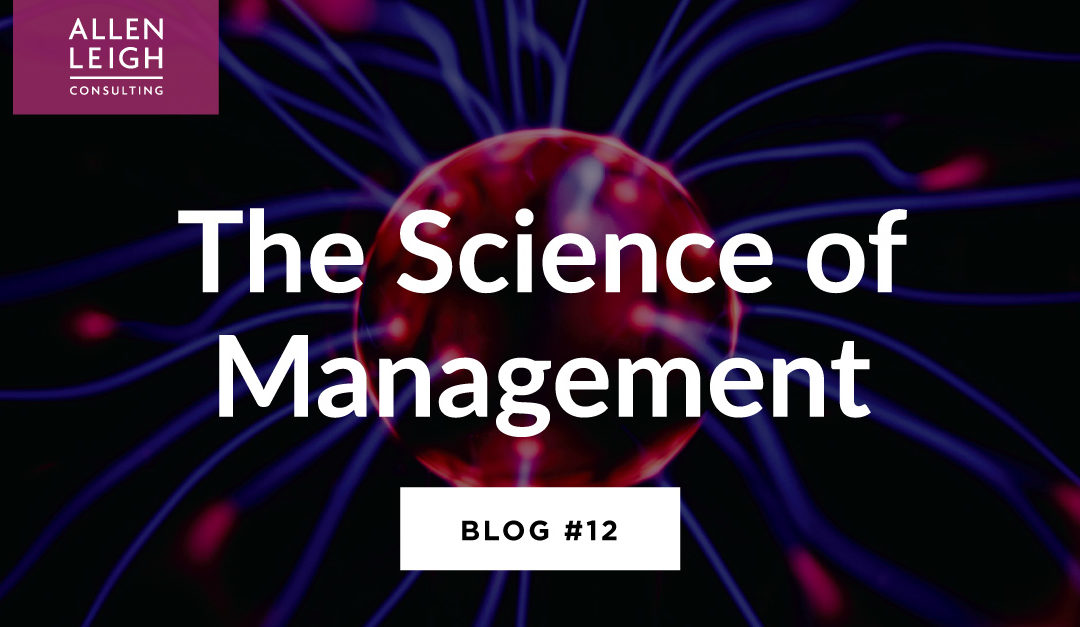Most of us have never really thought about the science behind the routine practices of day-to-day management. We all know that setting a vision is good for pointing teams in the right direction, regular one-on-ones help with communication flow and performance reviews provide necessary feedback for growth and correction but why is it that management processes work? Or do they even work?
You don’t need a PhD in organizational theory to succeed as a manager, you don’t even need to spend a lot of time on the matter to be good. However, having a basic understanding will give you perspective, help you see the bigger picture of what is happening and understand how organizations succeed. My intention in writing this blog is to provide managers a basic understanding of organizational theory and how organizations work so that they can better fulfill day to day functions and decide for themselves what management systems would best work for them and elevate their game to the next level.
Why Does this Matter?
Do you want to be a manager who just follows trends? Or do you want to be a manager who understands the why behind trends and decide for yourself which practices you should incorporate in your own day-to-day functions? For example:
- You wouldn’t go to a mechanic who understood how to change tires but not how combustion engines work.
- You wouldn’t go to a financial planner who only knew their products but not the theory of economics and interests. It’s essential to understand the why and not only the steps of management systems.
A Little Bit of Theory
The most recent thinking of organizational theory is that organizations are not just equal to the sum of their individual parts, but rather take on a living identify of their own. Meaning that organizations like human beings are bound by the same universal lives of birth, death and taxes.
At its basic core an organization exists within an environment where it needs to react with others outside of the business walls –customers, businesses etc – in order to survive. Hence the dotted line. Making the mistake of thinking that a business can be self-sustainable or created without the acceptance of external stakeholders can be a costly one.
For a business to be successful it has to have some form of purpose and this purpose has to serve a need that is wanted within the environment. As the business grows, it articulates its purpose into tangible goals which then assist in guiding inputs into outputs.
Leader Manager-Context
The importance of understanding some basic organizational theory is to appreciate why both leadership and management are essential aspects of healthy business operations. Leadership, on the one hand helps align the people, products and services with the overall direction of the organization while management systems ensure that tangible goals are articulate and transform inputs into outputs.
Excelling as a Leader-Manager requires the ability to both lead and manage simultaneously and so align people to the direction of the organization as well as ensure goals are met to transform inputs into outputs. Core management processes help keep the business alive and well and strong leadership skills keep the organization on route to its ultimate purpose.
You can dive deeper into the science of management and discover the anatomy of an organization by downloading the managerial framework HERE. It’s within the context of the managerial framework that managers transform inputs into outputs so getting a sense of what motivates and moves people inside the organization is important.
Bottom Line
If you tend to lead, manage more.
If you tend to manage, lead more.
—
How to Lean into Leadership
- Listen to the environment and articulate mission
- Connect individuals goal with organizational goals
- Build out individual and group capacities to succeed
How to Manage More
- Clarify goals and align with vision
- Provide clear feedback on outputs
- Ensure goal commitment with team
- Build management systems (structure, processes, rewards)
- Monitor important feedback and adjust as needed





